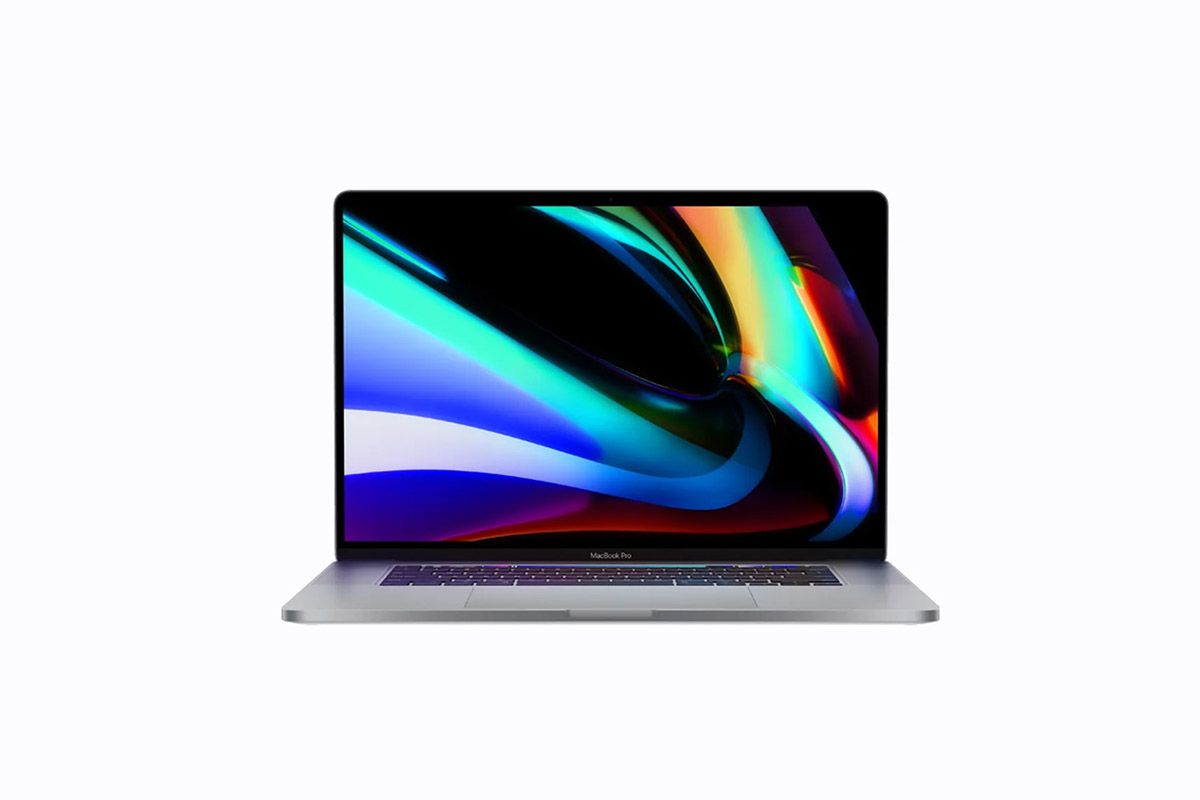Verizon has confirmed it’s rolling out Android 11 to the LG V60. The newest update, version V600VM20a, also includes the January 2021 security patch.
The update spotted by Droid-Life brings several new features to the LG V60, such as conversation bubbles, new camera features, and additional settings in the quick setting panel like Focus Mode, Bedtime Mode, and Nearby Share. The update also includes some UI tweaks to the volume display and Quick settings pane.

As mentioned, Android 11 on the LG V60 introduces new camera features:
- Tutorial slider: The order of tutorial in the slider windows has been changed to Camera modes and Front/rear cameras. Also the background color has changed to black.
- Quick Video: Press and hold the shutter button to record a short video. Drag and hold the button for burst mode.
- Switch camera button: The button shape has changed in Photo, Video and Time-lapse mode.
The release notes also show that “Tap & pay” is now shown when NFC is on and disappears when NFC is off.
LG recently rolled out a stable build of Android 11 to the LG Velvet in Korea after a period of beta testing. Android 11 on the LG V60 arrives about a year after the device was first announced.
We shared our thoughts about the V60 not long after it was made available and found it to be a good option at a good price. One of the coolest aspects about the V60 is you can use it with a Dual Screen accessory, which more or less turns the device into a foldable.
To download the update, go into your phone’s Settings > About Phone > Software updates > Check for update. If it’s available, you can start downloading it straight away.
Verizon warns that V60 owners may notice some battery quirks during the first few days after updating, but things should normalize shortly after.
The post Verizon is rolling out the Android 11 update to the LG V60 appeared first on xda-developers.
from xda-developers https://ift.tt/3krSgWp
via IFTTT











